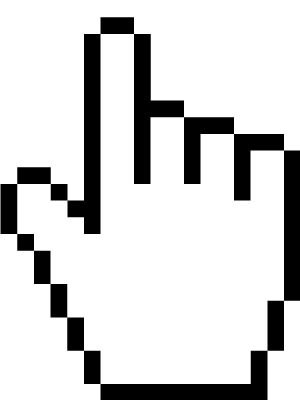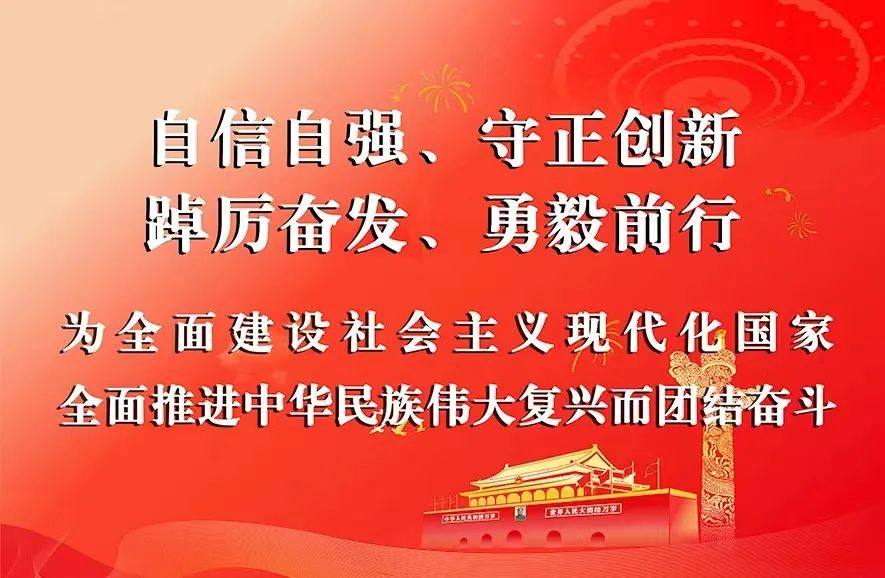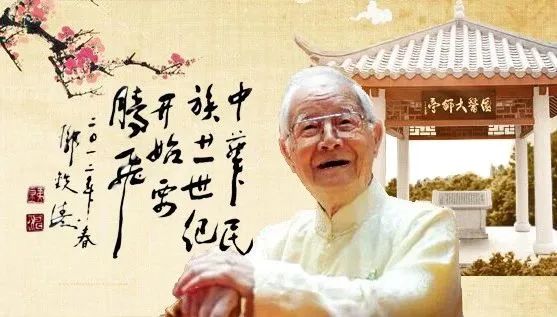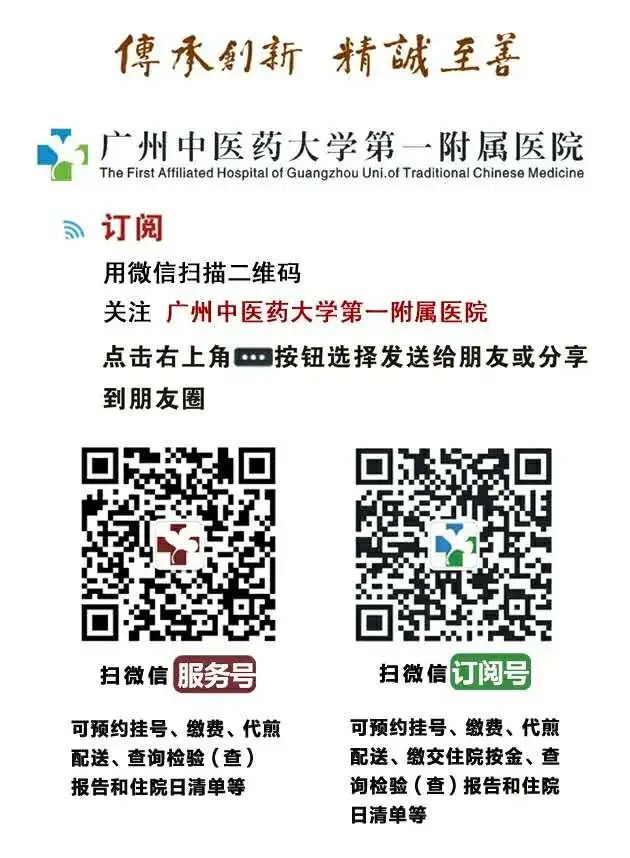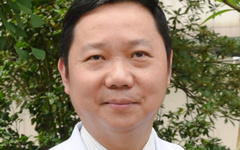
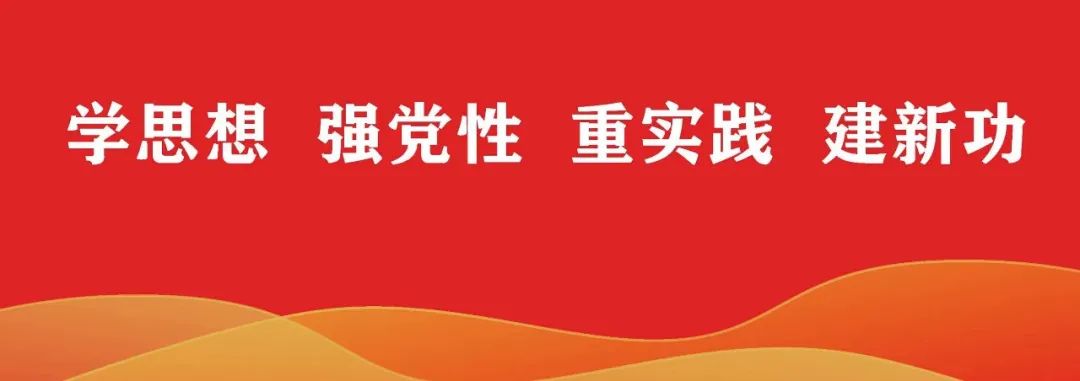
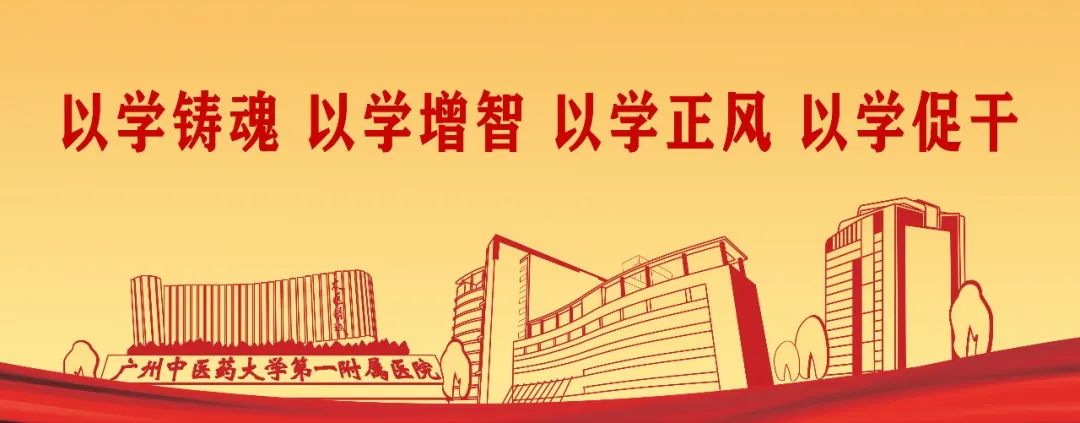
Understanding the Prevention and Treatment of Summer Exogenous Diseases in Lingnan
Medical Guidance by Professor Wu Wei
Written by: Wang Lin, Associate Chief Physician of Cardiology, Graduate Students Lin Zhichao, Yun Yingjie
Exogenous diseases refer to a series of symptoms that occur when the human body is invaded by external pathogenic factors, which include wind, cold, heat, dampness, dryness, and fire. These six pathogenic factors are also known as “Six Excesses” (Liù Yín). The Six Excesses can invade the body through the mouth, nose, and skin, leading to various symptoms. Although ancient Chinese medicine did not have names for viruses and bacteria, the pathogenic theory of exogenous toxins encompasses all pathogenic microorganisms.
The Lingnan region is currently transitioning from spring to summer. During the summer in Lingnan, people of all ages are prone to common colds, influenza, and even reinfection with the COVID-19 XBB variant.
Characteristics of Summer Exogenous Diseases in Lingnan
(1) Pathogenic Characteristics of Summer Exogenous Diseases in Lingnan
1. High Incidence: The high temperatures and humidity in Lingnan during summer facilitate the proliferation of viruses and bacteria; Guangzhou, as the economic and cultural center of Lingnan and a transportation hub in the south, sees dense human traffic that can lead to the spread of respiratory diseases.
2. Diversity of Pathogenic Microorganisms: The pathogens causing summer exogenous diseases are varied, with common illnesses including colds, influenza, diarrhea, and hand-foot-mouth disease. In subtropical regions, mosquitoes often serve as vectors for dengue virus, with sporadic cases of dengue fever.
3. Short Duration of Illness: Generally, summer exogenous diseases have a shorter duration, typically resolving within about a week. However, for certain viral diseases, such as dengue fever, the duration may be longer and can lead to severe complications, such as thrombocytopenia resulting in bleeding.
4. Diverse Symptoms: Symptoms of summer exogenous diseases vary widely, including fever, cough, runny nose, sore throat, vomiting, abdominal pain, and diarrhea. Different diseases will present with different symptoms. For example, gastrointestinal colds primarily manifest with fever, vomiting, and diarrhea.
Recently, there have been sporadic cases of reinfection with COVID-19. Generally, antibodies produced after COVID-19 infection can protect the body for 4-6 months; however, when faced with the XBB variant or other variants, this protection may weaken. If a person’s vital energy is insufficient or their resistance decreases, re-exposure to the COVID-19 virus may lead to reinfection, known as “reinfection”. The high temperatures and humidity in Lingnan can easily invade the body with dampness, obstructing the flow of yang energy and leading to decreased resistance and reinfection. Other common illnesses include influenza and the common cold.
(2) TCM Understanding of the Pathogenesis of High Incidence of Summer Exogenous Diseases
1. Exogenous factors often accompany dampness. The Six Excesses (wind, cold, heat, dampness, dryness, fire) often combine to cause illness. In particular, dampness can easily invade the body, obstructing yang energy and causing qi stagnation.
2. The body’s vital energy barrier, which is strong in all seasons, can be easily disrupted. In summer, consuming cold drinks and overeating cold fruits and vegetables, as well as indulging in fried and roasted foods, can damage the spleen and stomach, leading to impaired spleen and stomach function, which in turn affects the body’s resistance to external pathogens.
3. “Excess dampness leads to weak yang.” In summer, the body’s yang energy is relatively strong, but the invasion of dampness affects the flow of yang energy, weakening it and causing an imbalance in the body’s defense system.
4. Excessive sweating in summer can easily deplete the body’s qi and fluids, leading to fluid imbalance and both qi and yin deficiency, which can also result in the body’s inability to withstand pathogens.
Common Exogenous Disease Syndromes and Treatments in Lingnan Summer
1. Wind-Heat Invasion (Upper Respiratory Tract Infection)
Symptoms: Fever, slight aversion to wind and cold, sweating or little sweating, headache and body aches, nasal congestion and runny nose, red and dry sore throat, cough with yellow phlegm, red tongue, thin yellow coating, floating and rapid pulse.
Treatment Method: Release the exterior with cooling herbs, disperse wind, clear heat, and transform dampness.
Prescription: Modified Deng Lao Qing Du Decoction.
Ingredients: Jin Yin Hua (Honeysuckle) 15g, Sang Ye (Mulberry Leaf) 10-15g, Ye Ju Hua (Wild Chrysanthemum) 15g, Pu Gong Ying (Dandelion) 15-30g, Bo He (Peppermint) 6g (added at the end), Bai Mao Gen (Imperata) 30g, Gan Cao (Licorice) 5g, Bei Xing (Apricot Kernel) 10g, Qing Hao (Artemisia) 10g (added at the end), Huo Xiang (Agastache) 5-10g, Sheng Yi Yi Ren (Job’s Tears) 15-30g, Jie Geng (Platycodon) 10g, Wu Zhua Long (Five Clawed Dragon) 30g, Chen Pi (Tangerine Peel) 6g.
2. Wind-Cold with Dampness (Gastrointestinal Cold)
Symptoms: Fever, aversion to cold, nasal congestion and runny nose, general fatigue, dizziness, nausea and vomiting, occasional abdominal pain, loose or watery stools, poor appetite, pale tongue, white coating, or thick white coating, soft and slow pulse.
Treatment Method: Release the exterior, disperse cold, transform dampness, and harmonize the middle.
Prescription: Modified Huo Xiang Zheng Qi Pill.
Ingredients: Huo Xiang (Agastache) 10g, Sheng Yi Yi Ren (Job’s Tears) 30g, Fu Ling (Poria) 15g, Cang Zhu (Atractylodes) 10g, Zi Su Ye (Perilla Leaf) 10g, Ban Xia (Pinellia) 10g, Hou Po (Magnolia Bark) 10g, Huo Tan Mu (Fire Charcoal) 30g, Chen Pi (Tangerine Peel) 6g, Bai Zhi (Angelica Dahurica) 10g, Sheng Jiang (Fresh Ginger) 3 slices, Gan Cao (Licorice) 5g, Lian Qiao (Forsythia) 15g.
3. Phlegm-Heat Obstructing the Lungs (Acute Bronchitis or Pneumonia)
Symptoms: Fever, cough, rapid breathing, or phlegm sounds in the throat, thick yellow phlegm, unproductive cough, chest and side fullness, pain when coughing, flushed face, irritability, dry and sticky mouth, thirst, red tongue, thin yellow greasy coating, slippery and rapid pulse.
Treatment Method: Clear heat, transform phlegm, and diffuse the lungs to relieve wheezing.
Prescription: Modified Qing Jin Hua Tan Decoction combined with Qian Jin Wei Jing Decoction.
Ingredients: Huang Qin (Scutellaria) 10-15g, Shan Zhi Zi (Gardenia) 10g, Zhi Mu (Anemarrhena) 10g, Sang Bai Pi (Mulberry Bark) 15-30g, Gua Lou Ren (Trichosanthes Fruit) 10-15g, Zhe Bei Mu (Fritillaria) 15g, Mai Dong (Ophiopogon) 10g, Ju Hong (Tangerine Peel) 6g, Fu Ling (Poria) 15g, Jie Geng (Platycodon) 10g, Gan Cao (Licorice) 6g, Yu Xing Cao (Houttuynia) 30-50g (added at the end), Xing Ren (Apricot Kernel) 10g, Long Gu Ye (Dragon’s Tongue Leaf) 10g.
Methods for Lifestyle Maintenance
(1) Lifestyle Aspects
1. Pay attention to personal hygiene and wash hands frequently, especially before meals and after using the restroom.
2. Maintain a light and nutritious diet.
3. Keep a regular schedule and ensure adequate sleep.
4. Engage in physical exercise, such as Ba Duan Jin, running, brisk walking, and ball sports.
5. Wear masks and reduce crowd gatherings for the elderly and those with weak constitutions.
6. Ensure proper ventilation indoors.
7. In summer, set air conditioning to a comfortable temperature of 25-27°C, avoiding excessive cold.
8. For those with fever, induce sweating; if sweating occurs, avoid wind; after sweating, protect yin fluids and drink warm water.
(2) Preventive Measures for Pre-Illness and Post-Recovery
1. Vaccination against influenza or COVID-19.
2. When not ill, it is often necessary to support the body’s vital energy and strengthen the exterior, which can be achieved by taking preventive cold formulas; after illness, protect the lung and stomach qi and yin, which can be done with modified Sha Shen Mai Dong Decoction.
(1) Cold Prevention Formula
Sang Ye (Mulberry Leaf) 10g, Hang Ju (Chrysanthemum) 10g, Pu Gong Ying (Dandelion) 30g, Dan Zhu Ye (Lophatherum) 10g, Bai Mao Gen (Imperata) 30g, Sheng Gan Cao (Fresh Licorice) 6g, Sheng Yi Yi Ren (Job’s Tears) 30g, Chao Bian Dou (Fried Hyacinth Bean) 30g, Wu Zhua Long (Five Clawed Dragon) 30g, Chen Pi (Tangerine Peel) 5g, Huo Xiang (Agastache) 10g, Pei Lan (Eupatorium) 10g.
3 doses, one dose every other day, decoct and take.
(2) Modified Sha Shen Mai Dong Decoction
Sha Shen (Glehnia) 15-30g, Yu Zhu (Polygonatum) 15-30g, Sheng Gan Cao (Fresh Licorice) 6g, Sang Ye (Mulberry Leaf) 10-15g, Mai Dong (Ophiopogon) 10-15g, Bian Dou (Hyacinth Bean) 30g, Tian Hua Fen (Trichosanthes Root) 15g, Shi Hu (Dendrobium) 15g, Huai Shan (Chinese Yam) 30g, Bai He (Lily Bulb) 20g, Wu Zhua Long (Five Clawed Dragon) 30g, Qian Shi (Euryale Seed) 20g.
Conclusion
Traditional Chinese Medicine believes that “wherever evil gathers, its qi must be deficient” and “when the vital energy is preserved within, evil cannot invade.” For external evils, one should adhere to the principle of “avoiding the wind of the evil when it is weak, maintaining tranquility and emptiness, allowing true qi to flow, and guarding the spirit within.” In daily life, one should “eat and drink in moderation, maintain regularity in daily activities, and avoid excessive labor.” For summer exogenous diseases in Lingnan, mild cases can be treated at home; however, if fever persists for several days without improvement, or if severe symptoms arise, such as pneumonia, cough, or shortness of breath, timely medical attention is necessary. Let us work together to prevent and treat summer exogenous diseases in Lingnan, ensuring the health and safety of families during the summer.
Expert Introduction

Wu Wei, Associate Professor, Doctoral Supervisor, Postdoctoral Research Fellow, Renowned TCM Physician in Guangdong Province, Teaching Excellence Awardee in Guangdong Province, Academic Successor of Professor Deng Tietao, Director of the Department of Internal Medicine at the First Affiliated Hospital of Guangzhou University of Chinese Medicine, Director of the Department of Internal Medicine Teaching and Research, Medical Director of the Chest Pain Center, and Medical Director of the Atrial Fibrillation Center. Responsible for the national first-class undergraduate course “Traditional Chinese Internal Medicine.” Chief Editor of five national textbooks for the 13th and 14th Five-Year Plans in Traditional Chinese Internal Medicine. Vice Chairman of the Cardiovascular Disease Branch of the Chinese Association of Traditional Chinese Medicine, Vice Chairman of the Interventional Cardiology Branch of the Chinese Association of Traditional Chinese Medicine, Vice Chairman of the Vascular and Collateral Disease Committee of the Chinese Association of Integrative Medicine, and Standing Committee Member of the Cardiovascular Disease Committee. Chairman of the Cardiovascular Disease Committee of the Guangdong Province TCM Association, and Chairman of the Cardiovascular Disease Prevention Committee of the Guangdong Province Association of Integrative Medicine. He has hosted and participated in seven projects funded by the National Natural Science Foundation and ten provincial and ministerial projects, edited or co-edited 15 works, and published 334 academic papers, including 21 in SCI journals.
Specializes in: Utilizing TCM and integrative methods to treat coronary heart disease, hypertension, heart failure, arrhythmias, management of cardiovascular risk factors such as dyslipidemia and diabetes; skilled in coronary intervention and pacemaker implantation techniques.
Consultation Schedule: Mondays and Thursdays mornings (Lingnan Famous Doctors Clinic, 4th Floor, Room 7), Wednesdays afternoons (Outpatient Building, 4th Floor, Room 5).
Author Introduction

Wang Lin, Associate Chief Physician at the First Affiliated Hospital of Guangzhou University of Chinese Medicine, Master’s Supervisor, Deputy Director of the Emergency Department at the First Affiliated Hospital of Guangzhou University of Chinese Medicine. Vice Chairman of the Emergency Medicine Committee of the Guangdong Provincial Ethnic Medicine Association; Member of the General Practitioners Branch of the Chinese Association of Traditional Chinese Medicine; Youth Member of the Emergency Medicine Committee of the Chinese Association of Integrative Medicine; Member of the Emergency (Disaster) Committee of the Guangdong Provincial Medical Association; Member of the Emergency Medicine Committee of the Guangdong Provincial Medical Association; Member of the Emergency Medicine Committee of the Guangdong Provincial Association of Integrative Medicine; Expert in Medical Accident Technical Appraisal of the Guangzhou Medical Association. He has hosted and participated in over ten research projects at various levels, edited and contributed to six specialized textbooks, and published over 20 papers in core journals at home and abroad.
Consultation Schedule: Every Tuesday afternoon (Outpatient Building, 4th Floor).
Warm Reminder
Please follow the “Guangzhou University of Chinese Medicine First Affiliated Hospital” or “Guangzhou University of Chinese Medicine First Affiliated Hospital” official WeChat account. After following, enter the menu bar “Consultation Assistant” or “Outpatient Services” and search for “Doctor’s Name” to make an appointment.
Editor: Pan Yuhua Reviewed by: Chen Xiaobo, Li Zimiao Chief Editor: Liu Qingjun
Approved by: Chi Sixiao
If you find this helpful, please like it↓↓↓
